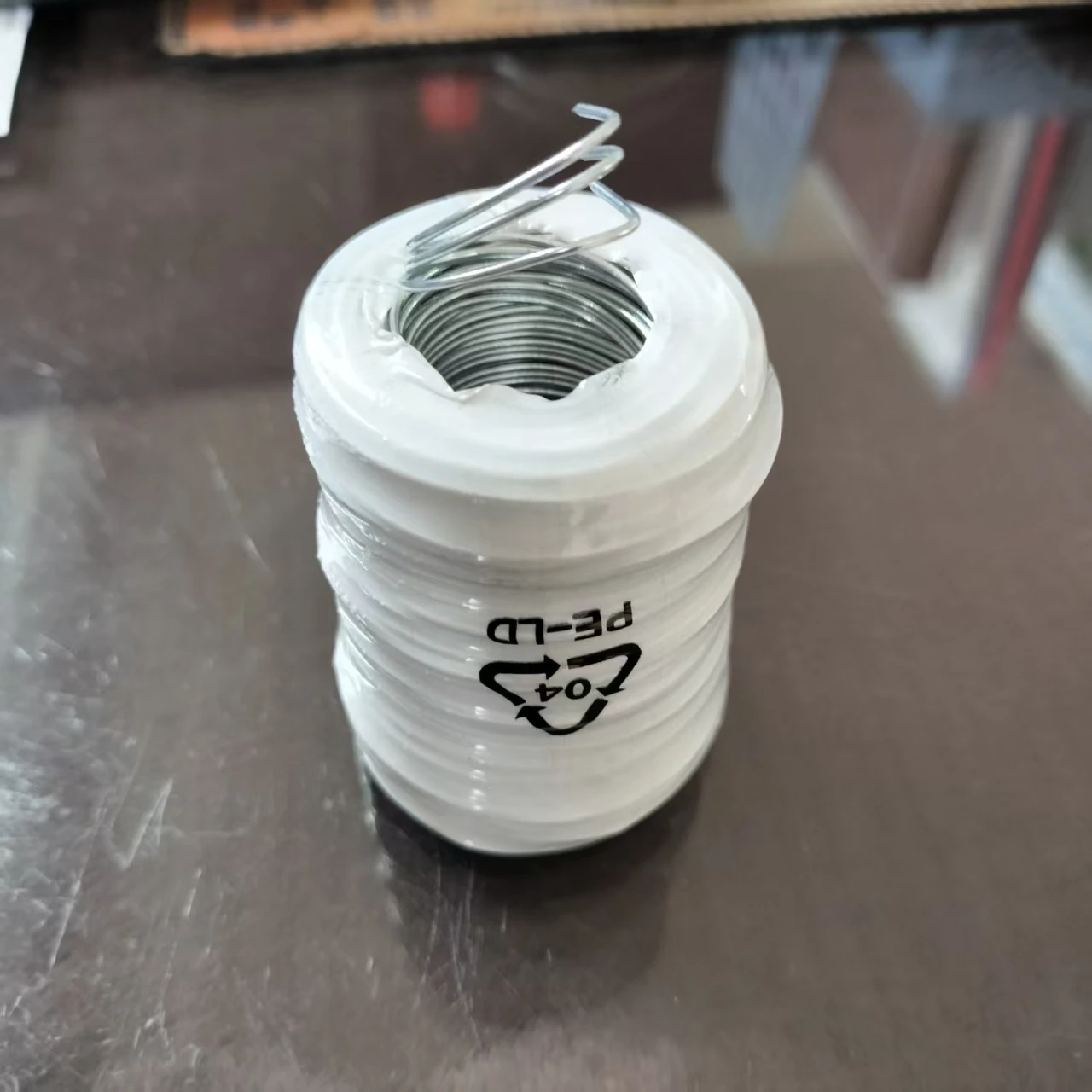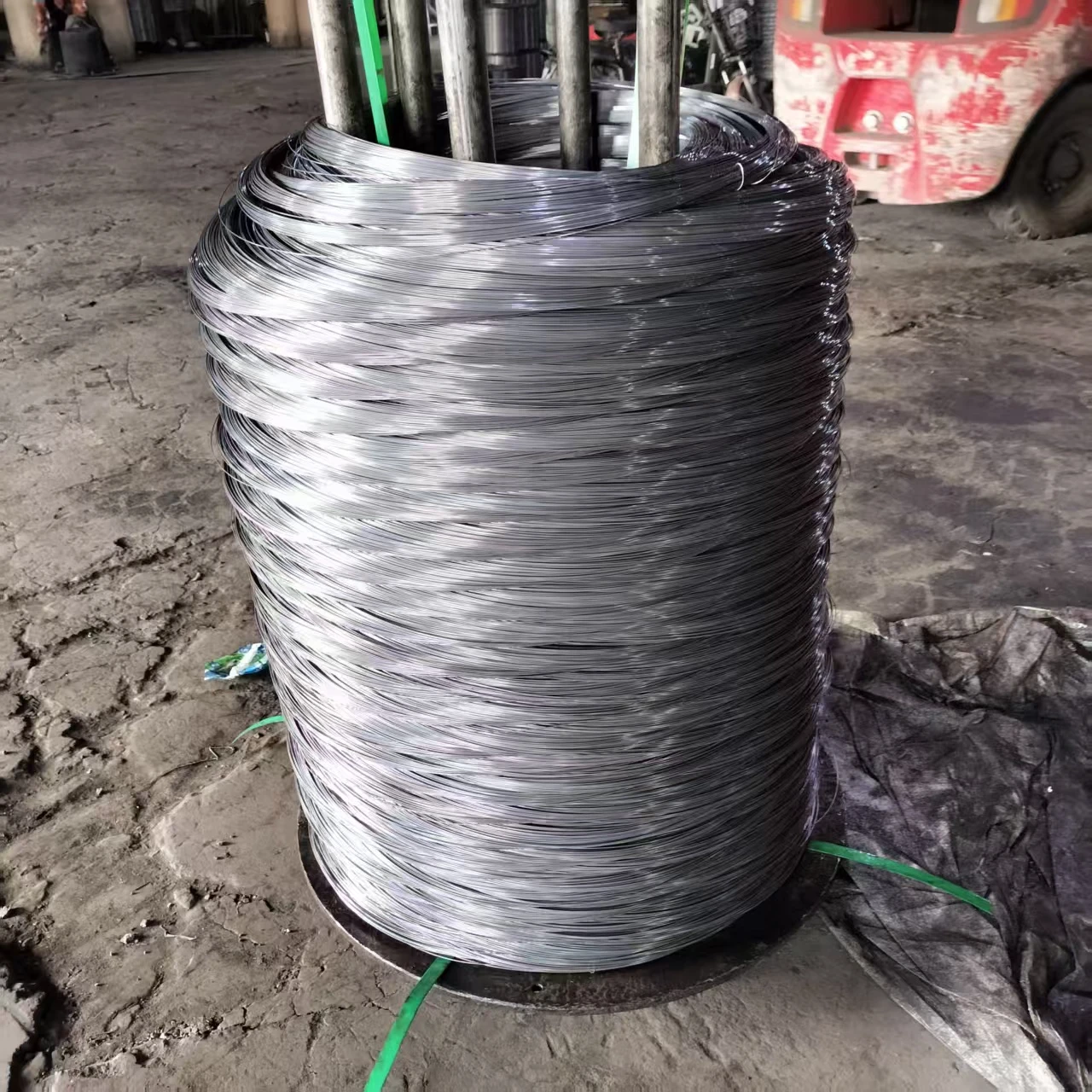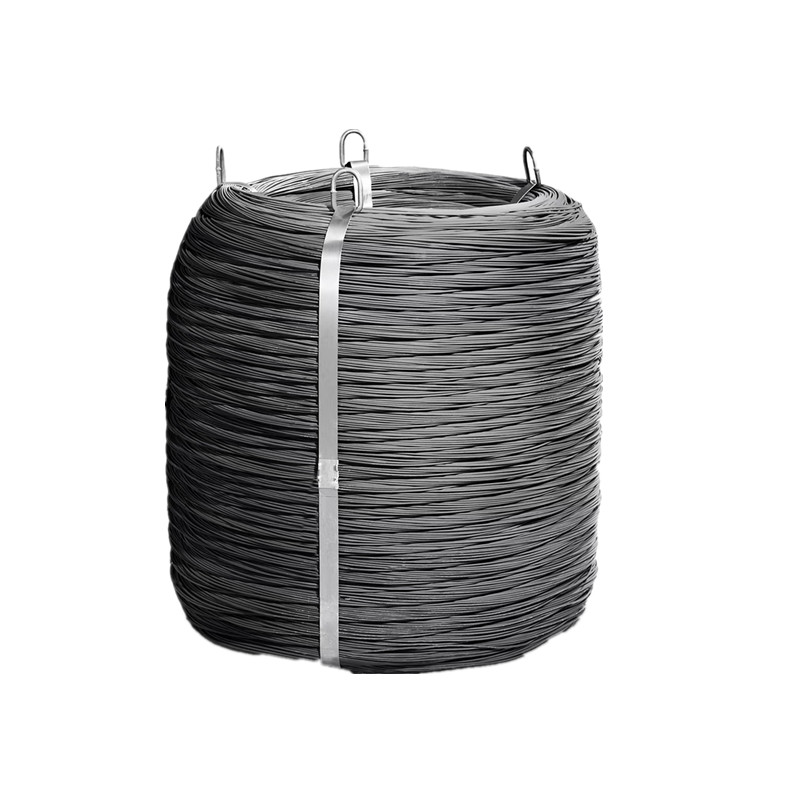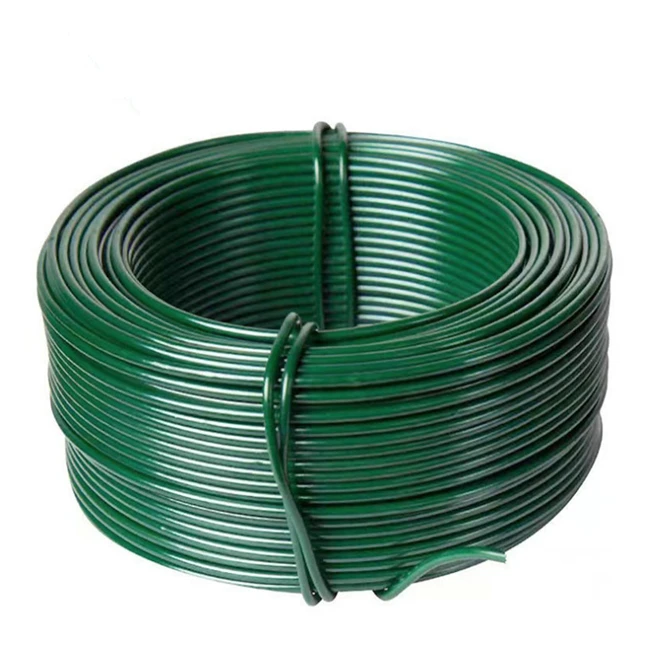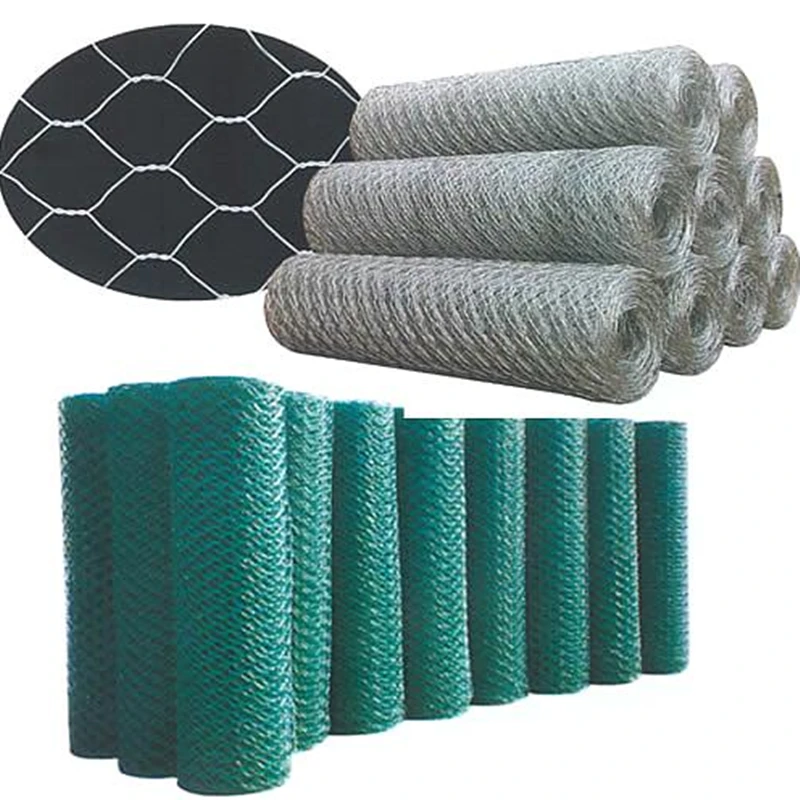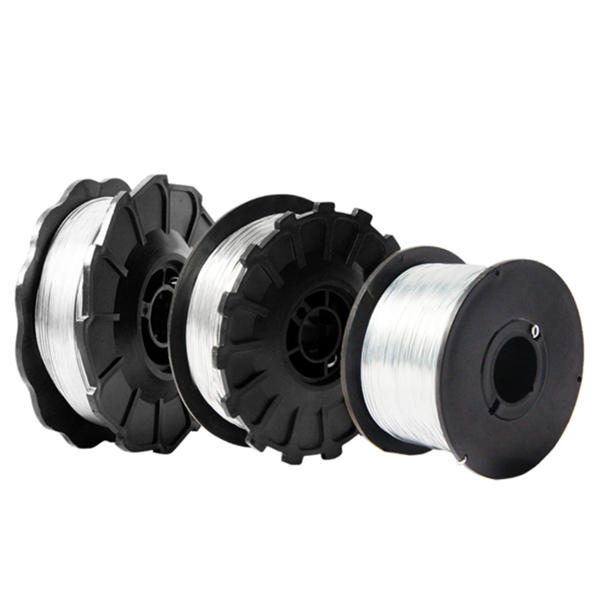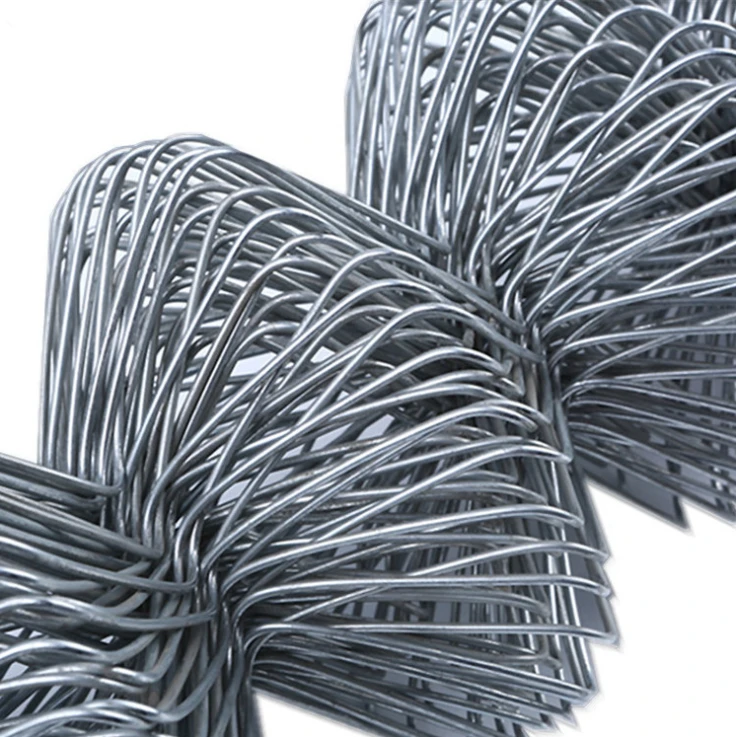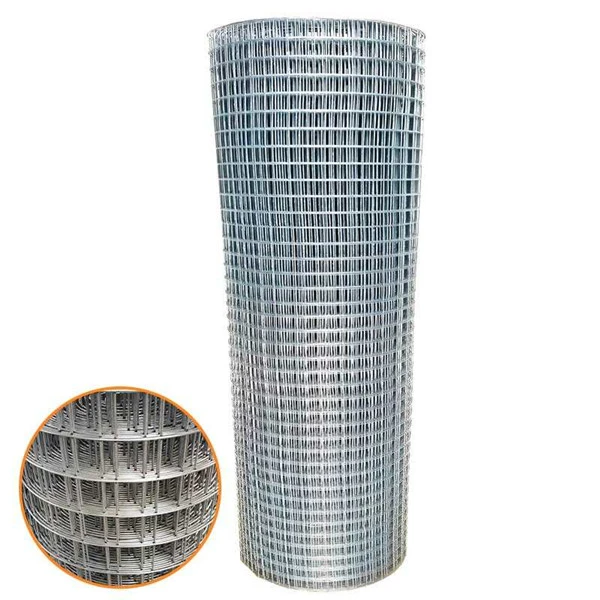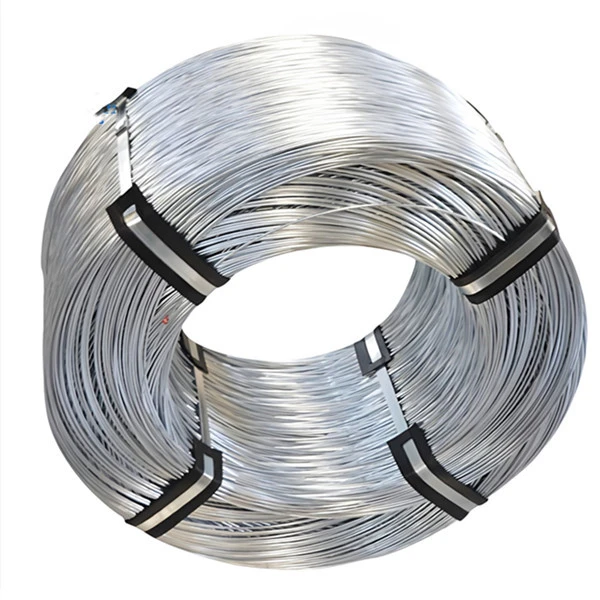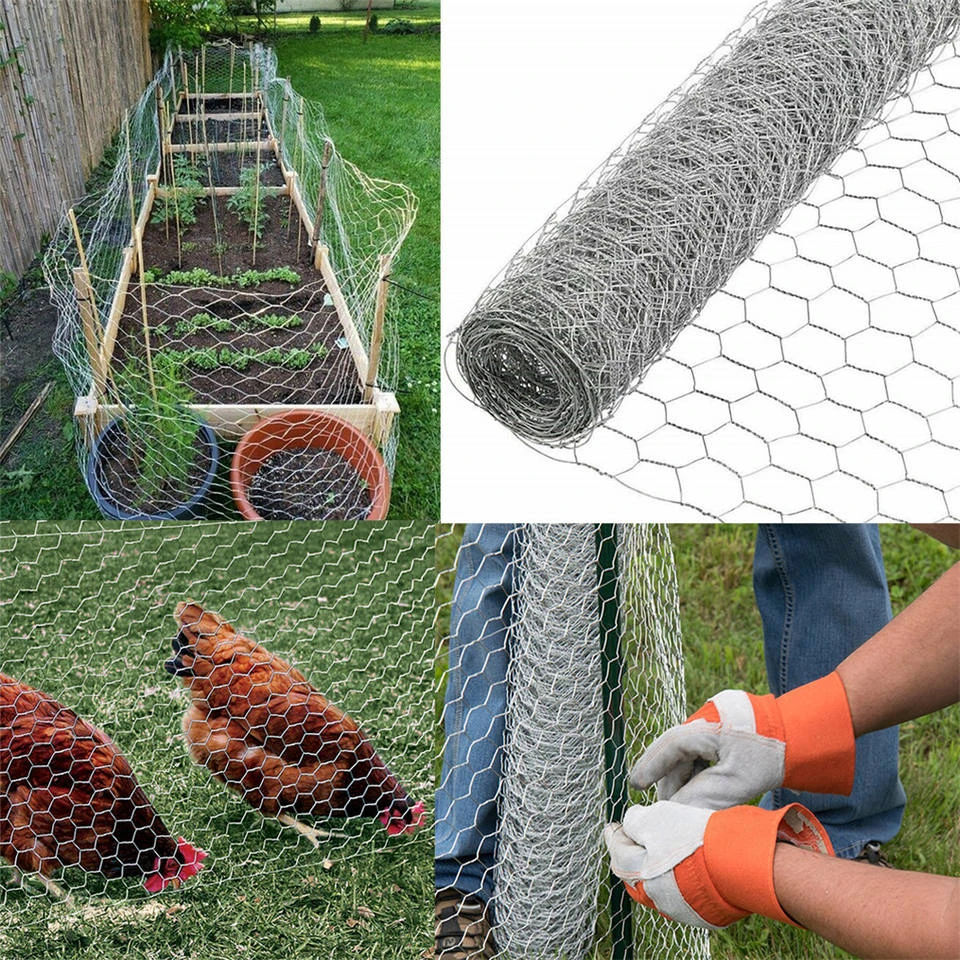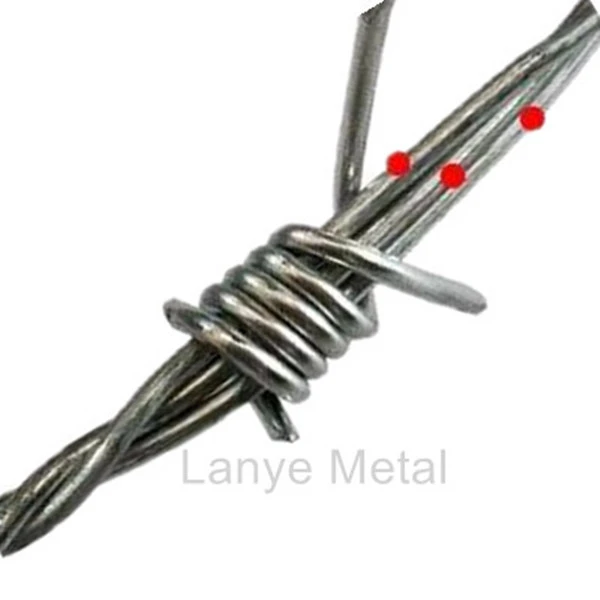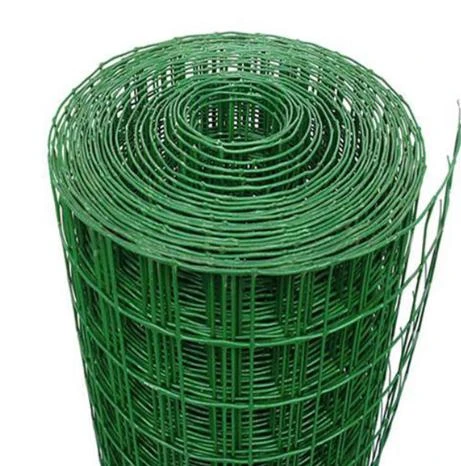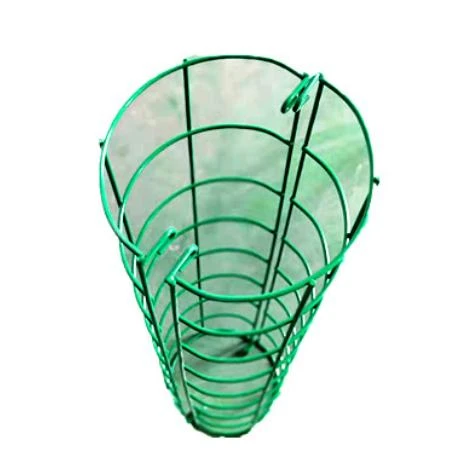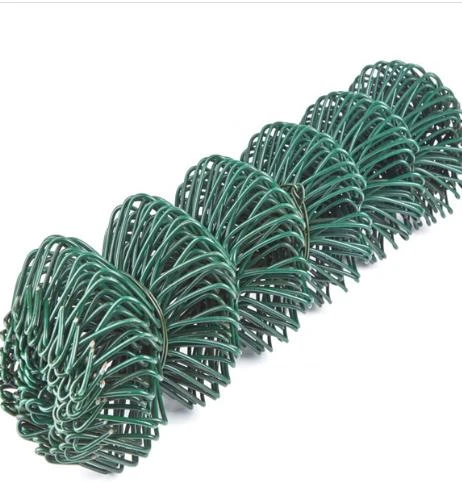- Understanding Hot Galvanized Roofing Nails
- The Hot-Dip Galvanization Process Explained
- Technical Advantages Over Alternative Coatings
- Manufacturer Comparison for Roofing Professionals
- Custom Solutions for Specific Roofing Applications
- Real-World Performance in Extreme Conditions
- Securing Structures with Hot Galvanized Roofing Nails
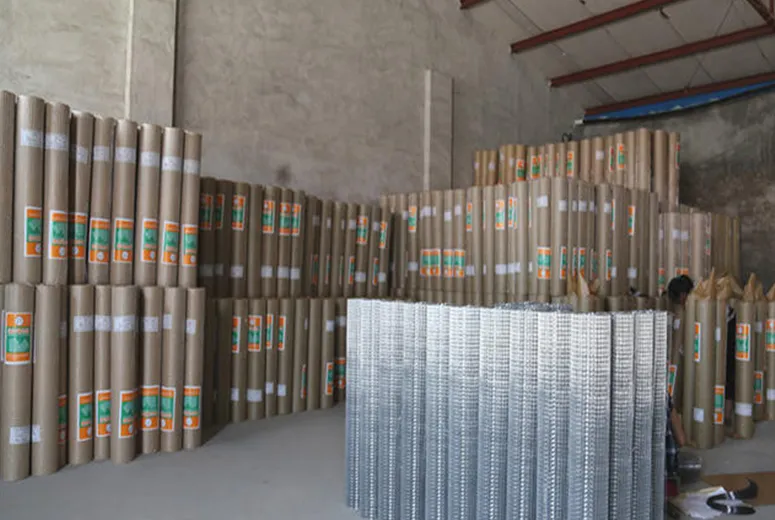
(hot galvanized roofing nails)
Understanding Hot Galvanized Roofing Nails
Hot galvanized roofing nails represent the industry standard for permanent roofing installations, featuring a zinc-iron alloy coating bonded to steel through immersion in molten zinc. This process creates a metallurgical bond that provides superior protection against corrosion compared to electroplated alternatives. These specialized fasteners demonstrate approximately 75% longer service life than mechanically galvanized nails when exposed to salt spray conditions. Roofing professionals specify hot-dipped variants for critical applications because the zinc coating forms a sacrificial barrier that actively protects the base metal, even when scratched or damaged. The distinctive crystalline surface pattern (spangle) visually differentiates these premium fasteners from inferior coatings.
The Hot-Dip Galvanization Process Explained
Manufacturers transform ordinary steel wire into corrosion-resistant roofing nails through a meticulous four-stage galvanization process. First, wire is cleaned in caustic solution to remove organic contaminants, followed by acid pickling to eliminate mill scale. After fluxing to promote zinc adhesion, the wire enters a molten zinc bath maintained at approximately 850°F (454°C). When withdrawn, controlled air knives blow away excess zinc to achieve precise coating thicknesses between 3.9-7.8 mils (100-200 microns), exceeding ASTM A153 specifications. The final result is nails with a zinc-iron intermetallic layer that withstands 30% more abrasion during installation than electroplated equivalents. Quality-controlled batches undergo salt spray testing to verify minimum 1,500-hour protection thresholds before certification.
Technical Advantages Over Alternative Coatings
The metallurgical properties of hot-dip galvanized wire create substantial performance advantages in roofing applications. Traditional electroplated coatings typically measure under 50 microns, while hot-dip nails achieve minimum 100 micron protection – effectively doubling corrosion resistance. Testing verifies that hot-dipped products withstand over 1,000 hours longer in ASTM B117 salt spray testing than mechanically galvanized alternatives. Three critical performance factors distinguish quality hot-dip products:
- Sacrificial Protection: Zinc continues protecting exposed steel edges for decades through galvanic action
- Barrier Defense: The coating physically blocks moisture penetration with zero porosity
- Cathodic Shielding: Zinc corrosion byproducts fill micro-scratches, preventing underfilm creep
These properties translate to documented 40-year service life expectancy in moderate environments, compared to 15-25 years for organic-coated nails.
Manufacturer Comparison for Roofing Professionals
| Manufacturer | Coating Thickness (microns) | Salt Spray Resistance (hours) | Shear Strength (lbf) | ROHS Compliance |
|---|---|---|---|---|
| Grip-Rite HDG Pro | 120-150 | 1,800+ | 1,350 | Yes |
| Midwest Fastener Corp | 85-110 | 1,200 | 1,210 | Partial |
| BECK Fasteners Ultra | 200-230 | 3,200+ | 1,480 | Yes |
| Standard Industry Grade | 65-90 | 800 | 980 | No |
Independent laboratory testing reveals significant differences among top manufacturers. Premium hot-dip galvanized roofing nails exceed minimum standards by 150-200%, with measurable impacts on lifespan. Contractors report 60% fewer callbacks related to fastener failure when specifying Category 3 nails with 150+ micron coatings for coastal installations.
Custom Solutions for Specific Roofing Applications
Forward-thinking manufacturers offer application-specific configurations beyond standard hot dipped galvanized roofing nails. Modified designs include:
- Copper-Compatible: Triple-zinc formulations preventing dissimilar metal reactions
- High-Wind: Modified shank patterns increasing withdrawal resistance by 50%
- Low-Slope Membranes:
Large-diameter heads providing 30% greater bearing surface - Clay Tile Special: Extended 1¼" necks preventing tile cracking during thermal expansion
For metal roofing installations, manufacturers now offer hot-dip galvanized wire with ceramic micro-encapsulation to withstand aggressive runoff from zincalume or Galvalume surfaces. Contractors can specify custom batches with certification documentation matching warranty requirements for Class 4 impact-resistant systems.
Real-World Performance in Extreme Conditions
Case studies from active construction zones validate laboratory predictions about hot galvanized roofing nails
. Post-hurricane inspections in Florida revealed that structures fastened with premium hot-dipped nails maintained 92% wind uplift resistance after 15 years, compared to 67% for standard galvanized alternatives. Saltwater exposure tests from Pacific Northwest roofs showed premium hot-dipped variants retain 85% original coating thickness after 20 years, while mechanically galvanized samples deteriorated completely in 7-10 years. Data logger measurements from Arizona installations demonstrate these fasteners maintain consistent clamping force despite daily temperature swings exceeding 120°F (49°C). Six critical environmental performance factors documented by third-party studies:- UV radiation resistance prevents coating brittleness
- Thermal cycling tolerance (continuous -40°F to 200°F range)
- pH stability from 3.5-13 without accelerated corrosion
- Zero hydrogen embrittlement during coating process
- Mold/mildew resistance outperforming polymer-coated nails
- Ice dam movement resistance showing 98% retention after freeze-thaw cycling
Securing Structures with Hot Galvanized Roofing Nails
Hot galvanized roofing nails provide unmatched security for permanent roofing installations through their metallurgical bond to steel substrates. These fasteners demonstrate quantifiable 80% greater weatherproofing reliability after decade-long exposures compared to mechanically plated alternatives. For architects requiring documented material lifecycles, premium hot-dip galvanized wire products offer 25-year corrosion warranty options matching modern roofing system lifespans. Contractors recommend specification-grade hot-dipped galvanized nails as first-line defense against fastener-related roof failures, particularly in environments experiencing:
- Saltwater exposure zones within 5 miles of coastlines
- Industrial atmospheric contaminants
- Frequent freeze-thaw cycles
- Consistent >75% relative humidity
Verifiable long-term performance data makes hot galvanized roofing nails the technical solution for meeting modern building codes requiring 30+ year material durability. As substrate technologies evolve, hot-dip galvanization remains essential for creating permanent structural connections resistant to environmental degradation.
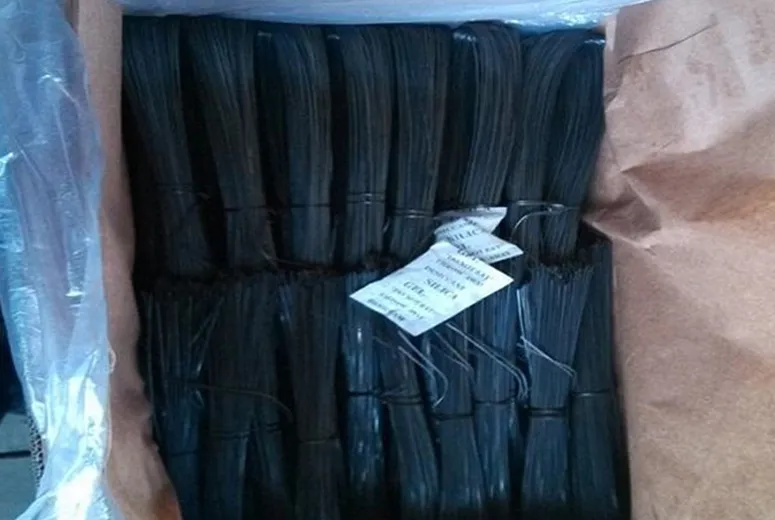
(hot galvanized roofing nails)
FAQS on hot galvanized roofing nails
Q: What is the difference between hot galvanized and hot-dipped galvanized roofing nails?
A: Hot galvanized roofing nails are coated with zinc through a thermal process, while hot-dipped galvanized nails undergo immersion in molten zinc, creating a thicker, more durable rust-resistant layer. Both types provide enhanced corrosion protection for outdoor roofing applications.
Q: Why choose hot-dip galvanized roofing nails over electroplated alternatives?
A: Hot-dip galvanized roofing nails offer superior corrosion resistance due to their thicker zinc coating compared to thinner electroplated versions. This makes them ideal for harsh weather conditions and long-term outdoor roofing projects.
Q: Can hot-dip galvanized wire be used for roofing nail production?
A: Yes, hot-dip galvanized wire serves as raw material for manufacturing roofing nails. The immersion process ensures full zinc coverage, creating nails with excellent weather resistance and structural integrity for roofing installations.
Q: How long do hot dipped galvanized roofing nails last outdoors?
A: Properly installed hot dipped galvanized roofing nails typically last 20-50 years, depending on environmental factors. Their thick zinc coating prevents rust formation even in coastal or high-moisture environments.
Q: Are hot galvanized roofing nails suitable for all roofing materials?
A: Yes, hot galvanized roofing nails work with asphalt shingles, metal roofs, and wood shakes. Always verify nail size and coating thickness compatibility with specific roofing material requirements.
Contact Us Now. 100% Customer Satisfaction Guaranteed
Newsletter




